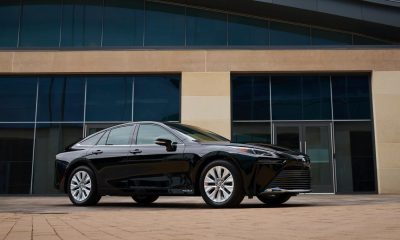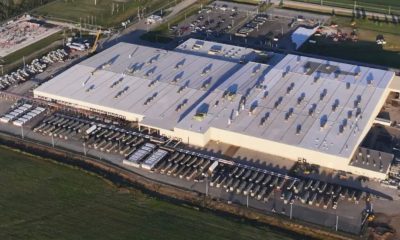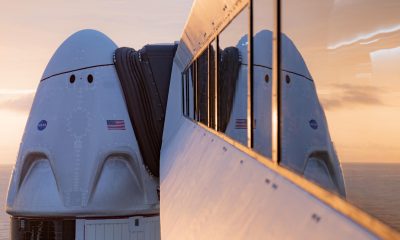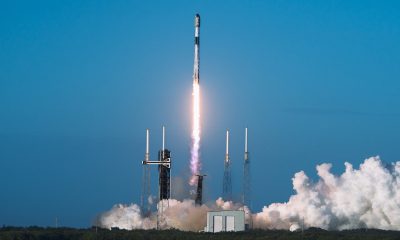

News
Tesla’s production innovations are influencing Toyota’s EV strategy: report
In late February, reports emerged stating that Japanese carmaker Toyota had conducted a teardown of the Tesla Model Y, one of the electric vehicle maker’s best-selling cars. The veteran automaker was reportedly quite shocked at the Model Y, with one executive stating that the all-electric crossover was a “work of art.”
This was partly due to Tesla’s constant innovations that have been implemented with the Model Y. The vehicle, after all, may look understated and unassuming on the surface, but underneath the hood, the Model Y is a tour-de-force of technology and disruptive manufacturing processes.
Citing four people reportedly familiar with the matter, Reuters recently noted that Toyota is planning a factory overhaul as part of its efforts to develop a new, dedicated platform for EVs. The publication’s sources also noted that Toyota recognizes that it needs to match Tesla’s design and manufacturing innovations if it wants to drive down production costs and develop a high-margin electric vehicle business.
Koji Sato, Toyota’s new CEO, may confirm the development of a new EV architecture at his first briefing as the company’s chief executive on Friday, the publication’s sources noted. However, it is unclear whether the plan has been formally approved. If it does get implemented, however, the new EV platform would be the result of a comprehensive review of the company’s electric vehicle strategy that was undertaken last year.
Toyota has caught quite a bit of flak for its slow adoption of battery electric cars. The company’s current production architecture, the e-TNGA system that was launched in 2019, produces EVs alongside gasoline cars and hybrids on the same assembly line. Such a system is not ineffective, but it lacks the cost savings Tesla was able to achieve through its manufacturing innovations. Thanks in no small part to these innovations and cost optimizations, Tesla is estimated to have made nearly 8x the profit per car as Toyota for the third quarter.
While Toyota has placed its bet on hybrids and alternative systems like hydrogen fuel cells, the automaker has seen the global demand for electric cars outpace its modest estimates, thanks in no small part to the strong sales of vehicles like the Model Y crossover. Unfortunately for Toyota, its battery-electric crossover, the bZ4X, faced an early recall over loose wheels and had limited sales.
Toyota’s lack of electric vehicles seems to be affecting the company’s sales already. In the first quarter of 2023, Toyota’s US sales fell by nearly 9%, while General Motors experienced an 18% boost, partly driven by higher demand for EVs from fleet and commercial customers. This was despite GM only selling over 20,000 electric vehicles during that period, substantially less than Tesla. Data from S&P Global Mobility also suggest that Toyota and Honda have seen many customers switch to electric vehicles.
Katherine Garcia, director of the Clean Transportation for All Campaign at the Sierra Club, emphasized that if Toyota doesn’t focus more on EVs under CEO Koji Sato, the company risks “leaving money on the table” as eclectic vehicles become more prominent. Christopher Richter, an analyst at CLSA, also highlighted that Toyota needs to prioritize EVs over hybrids in its future production.
“Some of the statements that came out of Toyota when Akio Toyoda was CEO sort of made it sound kind of like hybrids are going to be there forever. No, it’s your standby. It’s your hedge. EVs have to be first,” Richter said.
Don’t hesitate to contact us with news tips. Just send a message to simon@teslarati.com to give us a heads up.
News
The truth about Tesla ‘Mad Max’ mode from an actual user
Some people might see “Mad Max” as an extension of their daily driving.
For me, I did not see it that way. I saw it as a useful tool for certain situations, but it was certainly not something I could compare to my personal driving style.
But that does not mean that it’s wrong.
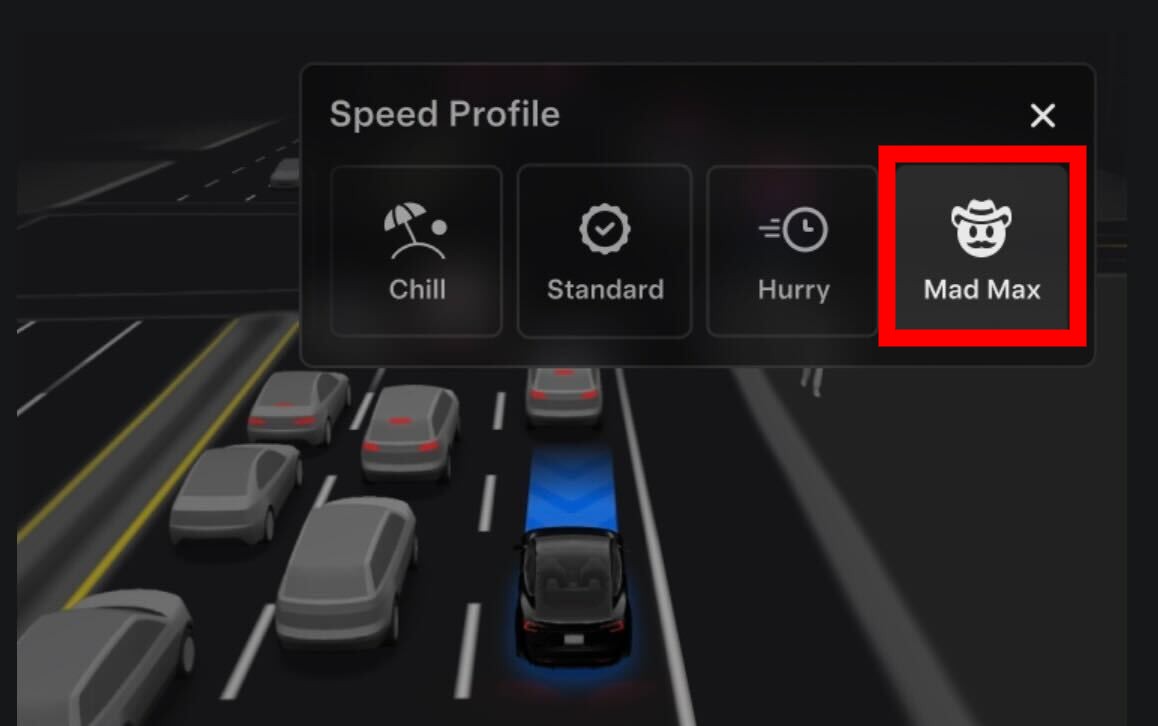
There have been many headlines about Tesla’s new “Mad Max” mode, but many of those writing about the “dangerous” and “controversial” mode have probably never used it.
As a writer, I write about topics I do not have firsthand experience with, but the job requires me to take a fair stance and report what is known. The problem is the nature of driving and driving modes, specifically, is subjective.
Some people might see “Mad Max” as an extension of their daily driving.
For me, I did not see it that way. I saw it as a useful tool for certain situations, but it was certainly not something I could compare to my personal driving style.
But that does not mean that it’s wrong.
NHTSA Probes Tesla Over “Mad Max”
Last week, the NHTSA launched a bit of a probe into Mad Max mode, requesting additional information on the Speed Profile and reiterating that the driver of the car is still required to be in ultimate control.
It’s important to keep the latter portion of that sentence in mind for the true thesis of this piece.
Now, it is no surprise to me that Mad Max garnered attention from regulatory agencies, as it is definitely a more spirited driving profile than the others.
Is Mad Max That Big of a Deal?
Regulatory agencies are responsible for keeping people safe, and it is important to note that their control is somewhat necessary. However, this type of drive mode is optional, requires the driver’s attention, and should be used responsibly for safe travel.
Playing Devil’s Advocate, how is Mad Max any different than the performance modes that some sports cars have? Because they require the driver to operate fully, and they are not semi-autonomous like Tesla can offer with Mad Max in Full Self-Driving (Supervised), are they safer?
The argument here really comes down to whether FSD is being used responsibly and correctly; any accelerated drive mode becomes more of a risk if the vehicle operator is not paying attention. This applies to any car company or drive mode they choose to use on their cars.
My Personal Experience with Mad Max
I have used Mad Max probably ten times since it rolled out to Early Access Program (EAP) members a few weeks ago.
I’ll admit: it did a lot of things I would never do driving a car manually. It passed people on the right. It was the fastest vehicle on the interstate, at least until I crossed into Maryland. Then, it seemed to be just another car on the road.
🚨 Tesla “Mad Max” testing on FSD v14.1.2
It drives like a human being! Consistent lane changes, keeps up with quicker traffic, very refined
Well done Tesla Team pic.twitter.com/wzTucDhczA
— TESLARATI (@Teslarati) October 19, 2025
It drove quickly, and not so fast that I felt concerned for my safety, which I never feared for, but fast enough that, at certain points, I was concerned that a cop would pull me over. I never encountered that scenario, but I wouldn’t be surprised if it resulted in some tickets.
With that being said, I don’t particularly think I’d use Mad Max in more than a handful of applications: driving the Baltimore Beltway would be one instance, navigating traffic in Baltimore, Philadelphia, or Pittsburgh during heavy traffic, or cruising on I-95, where cars routinely are going 100 MPH, much faster than Mad Max would ever travel.
Is it too quick for me in residential settings? For me, yes. Is it faster than every human driving on those roads? Absolutely not. In my experience, it is quicker than some, slower than others, just like any other Speed Mode Tesla offers, even Sloth, which refuses to go over the posted speed limit.
I think it’s wrong to sit here and act as if Mad Max is some incredibly dangerous and life-threatening hazard. If a driver is uncomfortable with the maneuvers or speed, they do not have to use it. However, it is no different from how many other cars travel on the road; it is far from an anomaly.
Tesla FSD’s new Mad Max mode is getting rave reviews from users
With that being said, it will be interesting to see if the NHTSA does anything about Mad Max, whether it will require Tesla to “nerf” the Speed Profile, or remove it altogether. It’s also important to note that this is my personal experience with Mad Max, and what I’ve experienced might differ from others’.
I would love to hear your thoughts on how Mad Max has driven for you, or your impressions of it.
News
Tesla prepares for full-throttle manufacturing of major product
Tesla has the second quarter of 2026 as its projected start date for Cybercab production. It also plans to launch Semi and Megapack 3 for “volume production” starting next year, which will also be two major contributors to the company.
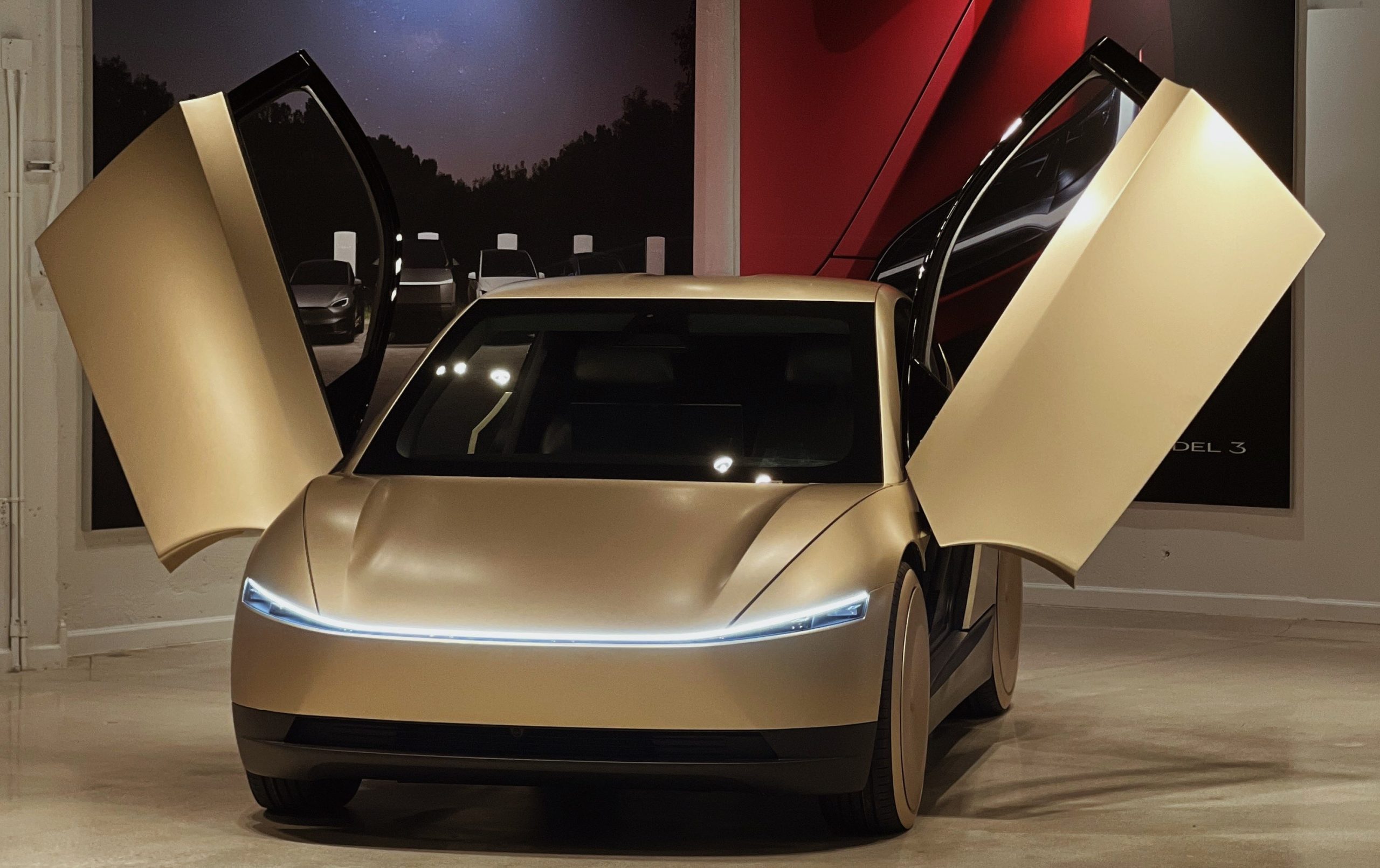
Tesla is preparing for a full-throttle manufacturing effort of potentially its biggest product in company history, job postings on the company’s website show.
In preparation for its foray into fully autonomous travel, Tesla is gearing up for Cybercab manufacturing with 30 job postings, ranging from repair technicians to manufacturing specialists.
Elon Musk sets definitive Tesla Cybercab production date and puts a rumor to rest
The jobs are all located in Austin, Texas, where the company’s Gigafactory Texas facility is located. This is where Cybercab production is going to take place.
Tesla has made major strides in the Cybercab project over the past few months, including launching the vehicle on the Fremont Test Track in California and conducting crash testing at Gigafactory Texas.
All of these indicate the company is preparing for an imminent production effort of the vehicle, which, as Elon Musk said during last week’s Earnings Call, will be void of a steering wheel or pedals.
Tesla has the second quarter of 2026 as its projected start date for Cybercab production. It also plans to launch Semi and Megapack 3 for “volume production” starting next year, which will also be two major contributors to the company.
Musk spoke in great detail during the Earnings Call last week about Cybercab’s potential to change the grand picture of the automotive market, comparing other vehicles in the Tesla lineup to “a little bit of the horse-carriage thing.”
He said:
“That’s really a vehicle that’s optimized for full autonomy. It, in fact, does not have a steering wheel or pedals and is really an enduring optimization on minimizing cost per mile for fully considered cost per mile of operation. For our other vehicles, they still have a little bit of the horse carriage thing going on where, obviously, if you’ve got steering wheels and pedals and you’re designing a car that people might want to go very direct past acceleration and tight cornering, like high-performance cars, then you’re going to design a different car than one that is optimized for a comfortable ride and doesn’t expect to go past sort of 85 or 90 miles an hour.”
Cybercab production is imminent, given the job postings and the company’s proposed timeline for manufacturing to begin. Of course, there is always the potential that Tesla is late to the party, as it has been with other projects.
Elon Musk
xAI’s Grokipedia goes live, gets praise from Wikipedia co-founder
xAI’s latest creation, Grokipedia, has gone live, and even if it’s only at Version 0.1, it is already receiving positive reviews from some users.
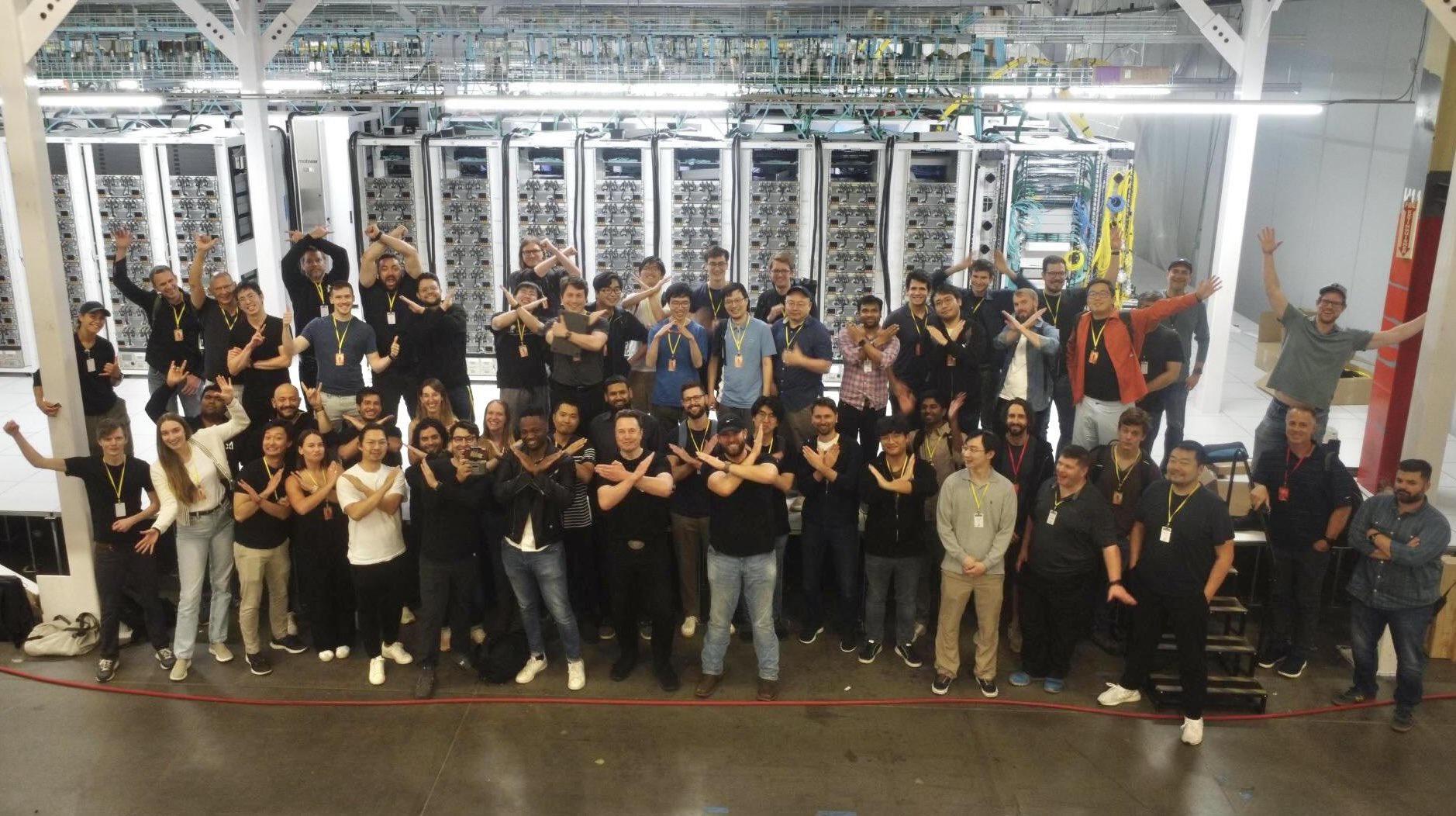
xAI’s latest creation, Grokipedia, has gone live, and even if it’s only at Version 0.1, it is already receiving positive reviews from some users. These include Larry Sanger, the co-founder of Wikipedia, the world’s largest online encyclopedia, which has become quite controversial in recent years over accusations of bias.
Grokipedia launches
Immediately after Grokipedia went live, the AI-powered Wikipedia alternative was tested by numerous users. So far, a good number of testers have responded positively to the online encyclopedia, with many observing that Grokipedia does tend to be more neutral than Wikipedia. This was particularly evident in controversial topics, from alternative medicine to events like Gamergate.
Among these users was Larry Sanger, who noted that while Grokipedia still has a lot of areas of improvement, it is already very promising. “My initial impression, looking at my own article and poking around here and there, is that Grokipedia is very OK. The jury’s still out as to whether it’s actually better than Wikipedia. But at this point I would have to say “maybe!” He wrote in a post on X.
Musk responded to Sanger’s comments, stating that the Wikipedia co-founder’s observations are “accurate.” The xAI founder also noted in a separate X post that even in its V0.1 form, Grokipedia is already better than Wikipedia.
Why Grokipedia exists
During an interview on the Tucker Carlson Show, Sanger point out that Wikipedia has become a far cry from his initial vision for the online encyclopedia, and a lot of this was because of the its “Reliable sources/Perennial sources” page, which categories publications and sources into tiers of credibility. Sanger noted that the list leaned heavily left, with conservative publications getting effectively blacklisted in favor of their more liberal.
Musk responded to Sanger’s comments by stating that Grokipedia will be created as a step towards xAI’s broader goal of “understanding the Universe.” He added that Grokipedia, which will use xAI’s Grok, would provide broader sourcing and a freer exchange of information compared to Wikipedia’s current system.
One month after Elon Musk’s comments, Grokipedia has gone live in its V0.1 form.
-

 Elon Musk2 weeks ago
Elon Musk2 weeks agoSpaceX posts Starship booster feat that’s so nutty, it doesn’t even look real
-

 Elon Musk1 week ago
Elon Musk1 week agoTesla Full Self-Driving gets an offer to be insured for ‘almost free’
-

 News1 week ago
News1 week agoElon Musk confirms Tesla FSD V14.2 will see widespread rollout
-

 News2 weeks ago
News2 weeks agoTesla is adding an interesting feature to its centerscreen in a coming update
-

 News2 weeks ago
News2 weeks agoTesla launches new interior option for Model Y
-

 News2 weeks ago
News2 weeks agoTesla widens rollout of new Full Self-Driving suite to more owners
-

 Elon Musk2 weeks ago
Elon Musk2 weeks agoTesla CEO Elon Musk’s $1 trillion pay package hits first adversity from proxy firm
-

 News1 week ago
News1 week agoTesla might be doing away with a long-included feature with its vehicles


